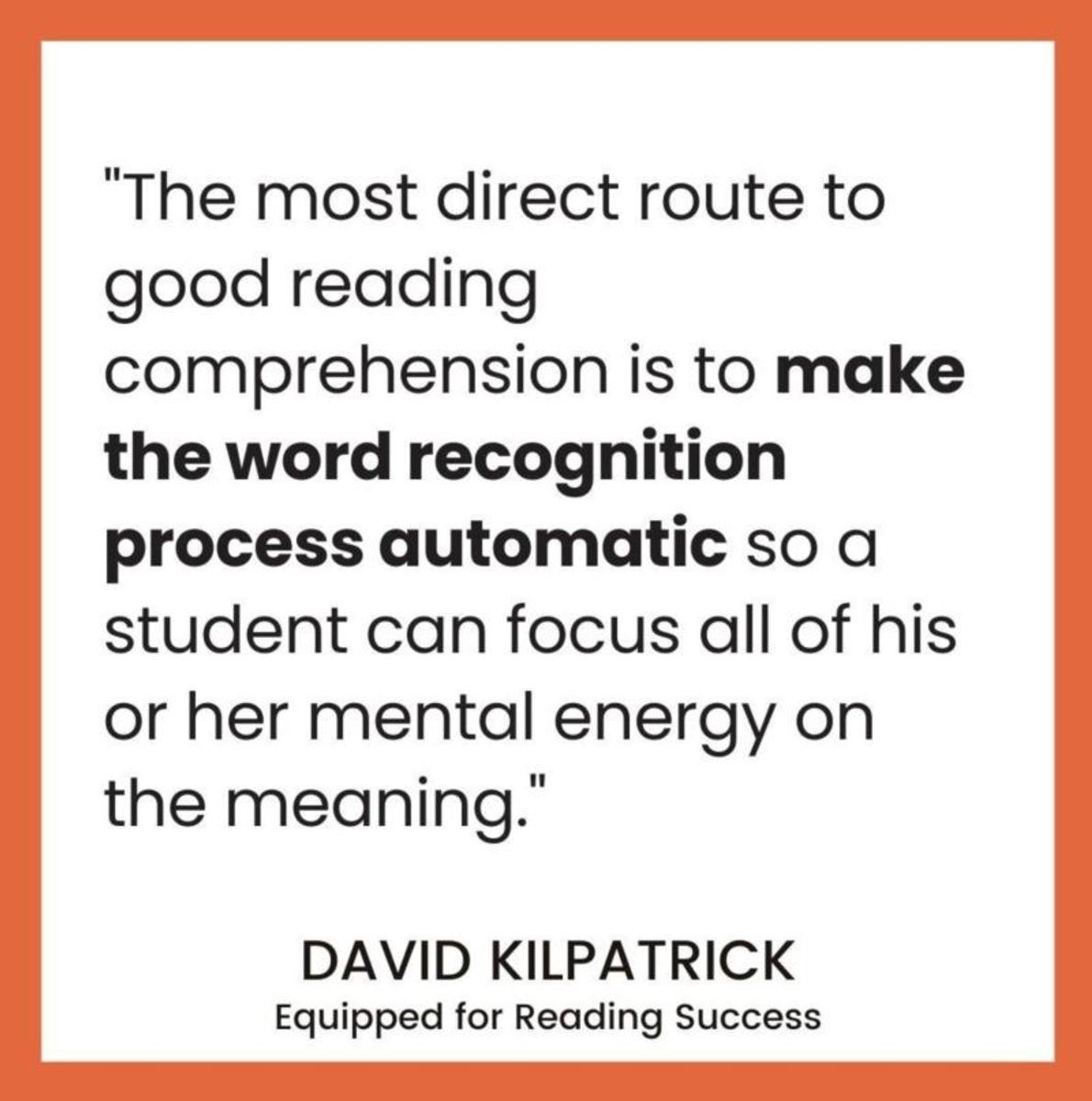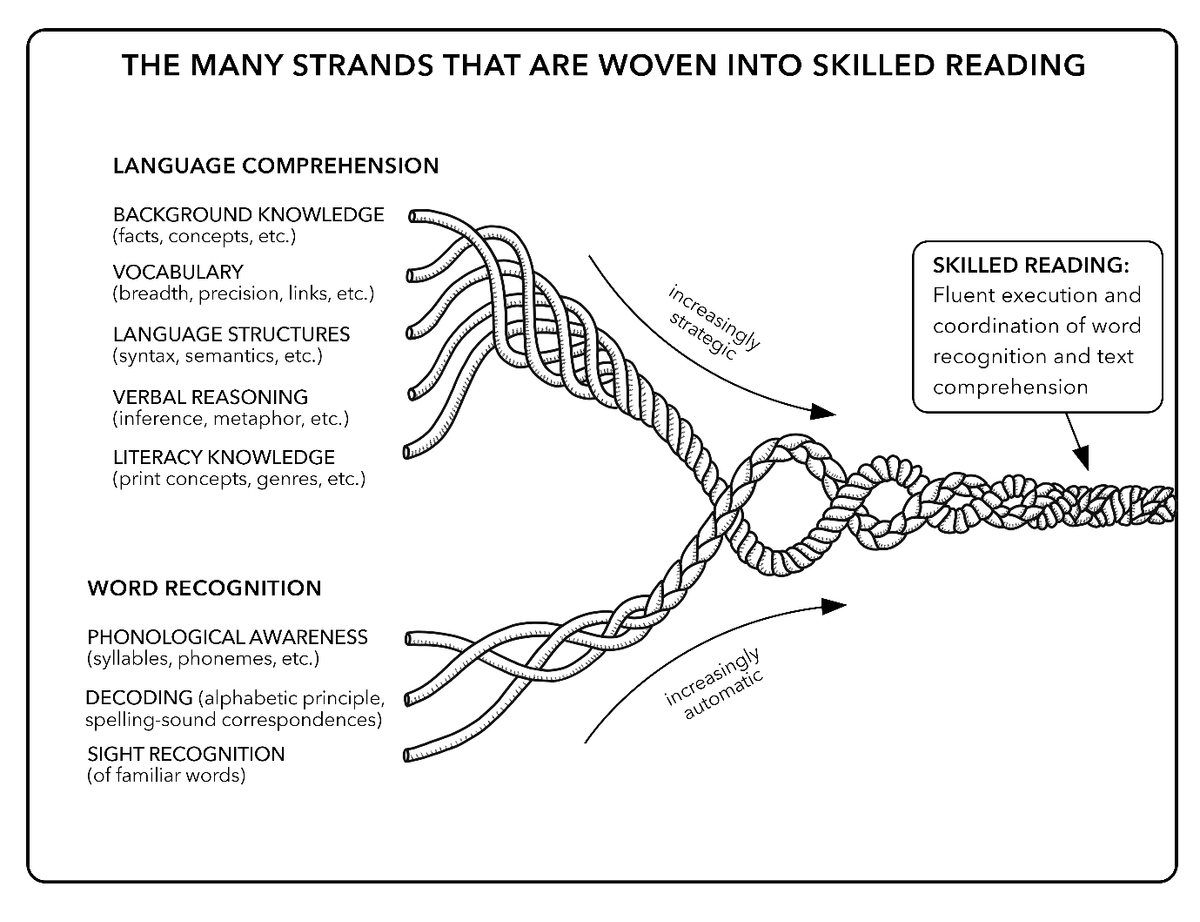Literacy

The Importance of Comprehension in Reading
Comprehension is crucial in reading because it allows readers to understand the meaning of what they are reading, moving beyond simply decoding words and engaging with ideas, concepts, and information, which is vital for learning, critical thinking, and overall success.
Here is a more detailed explanation of why comprehension is so important:
1. Foundation for Learning and Knowledge Acquisition:
Understanding is the Goal:
Comprehension is the ultimate goal of reading, allowing readers to extract meaning and make sense of the text.
Access to Information:
Comprehension enables readers to access information, stories, and ideas, opening doors to new knowledge and experiences.
Critical Thinking Skills:
Engaging with texts and understanding them fosters critical thinking skills, such as analyzing, evaluating, and drawing inferences.
Building on Prior Knowledge:
Comprehension allows readers to connect new information with their existing knowledge, strengthening their understanding and retention.
2. Impact on Education and Beyond:
Academic Success:
Strong reading comprehension skills are essential for success in school and higher education, as they underpin content-area learning in all subjects.
Everyday Life Skills:
Reading comprehension is vital for everyday tasks, such as following instructions, understanding documents, and staying informed about current events.
Problem-Solving:
Comprehension skills help individuals solve problems, make informed decisions, and navigate complex situations.
Engagement and Enjoyment:
When readers can understand what they are reading, they are more likely to be engaged and enjoy the process.
3. Key Components of Comprehension:
Decoding and Fluency:
While decoding (reading words) is important, comprehension goes beyond simply recognizing words; it involves understanding the meaning of the text.
Vocabulary and Background Knowledge:
- A strong vocabulary and relevant background knowledge are essential for comprehending complex texts.
- Making Connections:
- Comprehension involves connecting ideas within and between sentences and connecting the text with prior knowledge and experiences.
- Inference and Prediction:
- Skilled readers can infer meaning from the text and predict what might happen next, demonstrating a deeper understanding of the material.
- Monitoring and Repairing:
- Comprehension also involves monitoring one's understanding and actively seeking clarification or rereading when confusion arises.
Understanding Scarborough’s Reading Rope
A Guide for Parents
If you’ve ever wondered how children become skilled readers, Scarborough’s Reading Rope provides a helpful visual. Developed by Dr. Hollis Scarborough in 2001, this model explains that reading is made up of multiple intertwined skills, much like strands in a rope.
The Reading Rope is divided into two main sections: Word Recognition and Language Comprehension.
1. Word Recognition (Lower Strands)
These are the foundational skills that help children decode and recognize words automatically:
Phonological Awareness – Understanding sounds in spoken words (e.g., rhyming, syllables).
Decoding – Recognizing letters and letter patterns to sound out words.
Sight Recognition – Instantly knowing familiar words without sounding them out.



